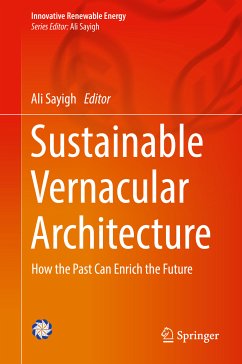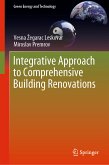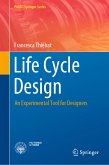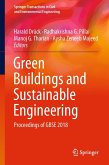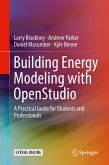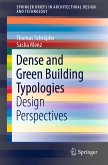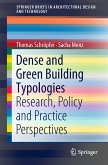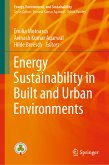This book discusses applying vernacular strategies to modern architectural design to adhere to basic green principles of energy efficiency and materials utilization. Written from an international perspective, chapters present the perspectives and experiences of architects and engineers from across the globe. Historically successful approaches are integrated with modern design concepts to create novel, sustainable, and resource conscious solutions. The scope of topics covered include natural ventilation, cooling and heating, daylight and shading devices, and green micro-climate and functional facades, making this a useful reference for a wide range of researchers and workers in the built environment.
- Covers the most up-to-date research developments, best practices, and innovations from countries all over the globe;
- Presents the latest research in vernacular architecture and sustainable building;
- Contains case studies and examples to enhance practical application of the technologies presented.
Dieser Download kann aus rechtlichen Gründen nur mit Rechnungsadresse in A, B, BG, CY, CZ, D, DK, EW, E, FIN, F, GR, HR, H, IRL, I, LT, L, LR, M, NL, PL, P, R, S, SLO, SK ausgeliefert werden.

